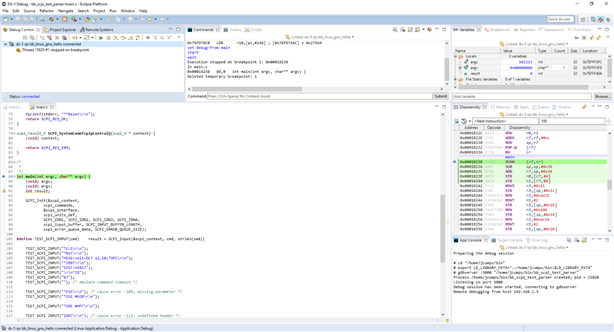I'm trying to build a SCPI shell for Linux. I'd like to have it working over TCP/IP on a Raspberry Pi and a BeagleBone.
tl;dr It works. The rest of the blog series explains how to build a lab automation device that controls 8 outputs (2 of them relays), and read 8 inputs. With a Raspberry Pi and a PiFace Digital (2).
|
Here on element14, we've been playing with SCPI and microcontrollers. We have several instruments working on MSP432, Arduino and Hercules devices.
This time I'd like to get a Linux instrument up. To get some device independence, I'll try to make the source work on two different boards with different distros.
The program is expected to run as a background process.
I have a head start. My favourite SCPI library has a LwIP SCPI server example.
A relative head start, that is, because I have to find out how to get all the dependencies - I want to develop on a Windows PC  .
.
If this project fails, it'll be because of my develop for Linux skills.


Top Comments
-

Jan Cumps
-
Cancel
-
Vote Up
+2
Vote Down
-
-
Sign in to reply
-
More
-
Cancel
-

Jan Cumps
in reply to Jan Cumps
-
Cancel
-
Vote Up
+4
Vote Down
-
-
Sign in to reply
-
More
-
Cancel
Comment-

Jan Cumps
in reply to Jan Cumps
-
Cancel
-
Vote Up
+4
Vote Down
-
-
Sign in to reply
-
More
-
Cancel
Children